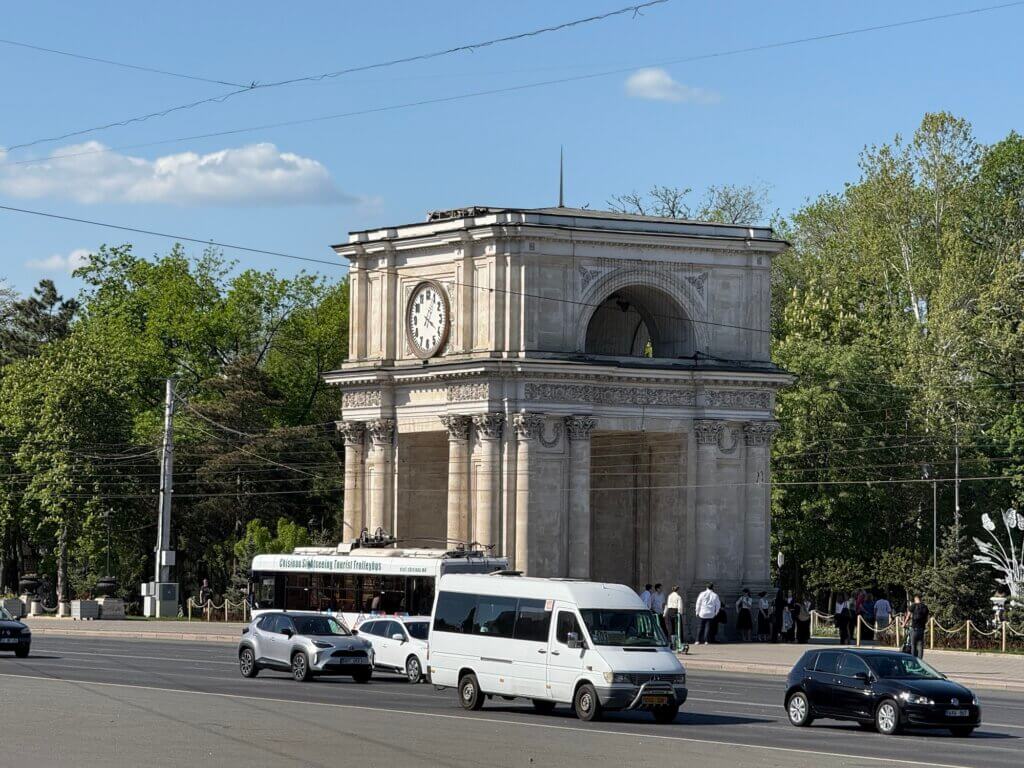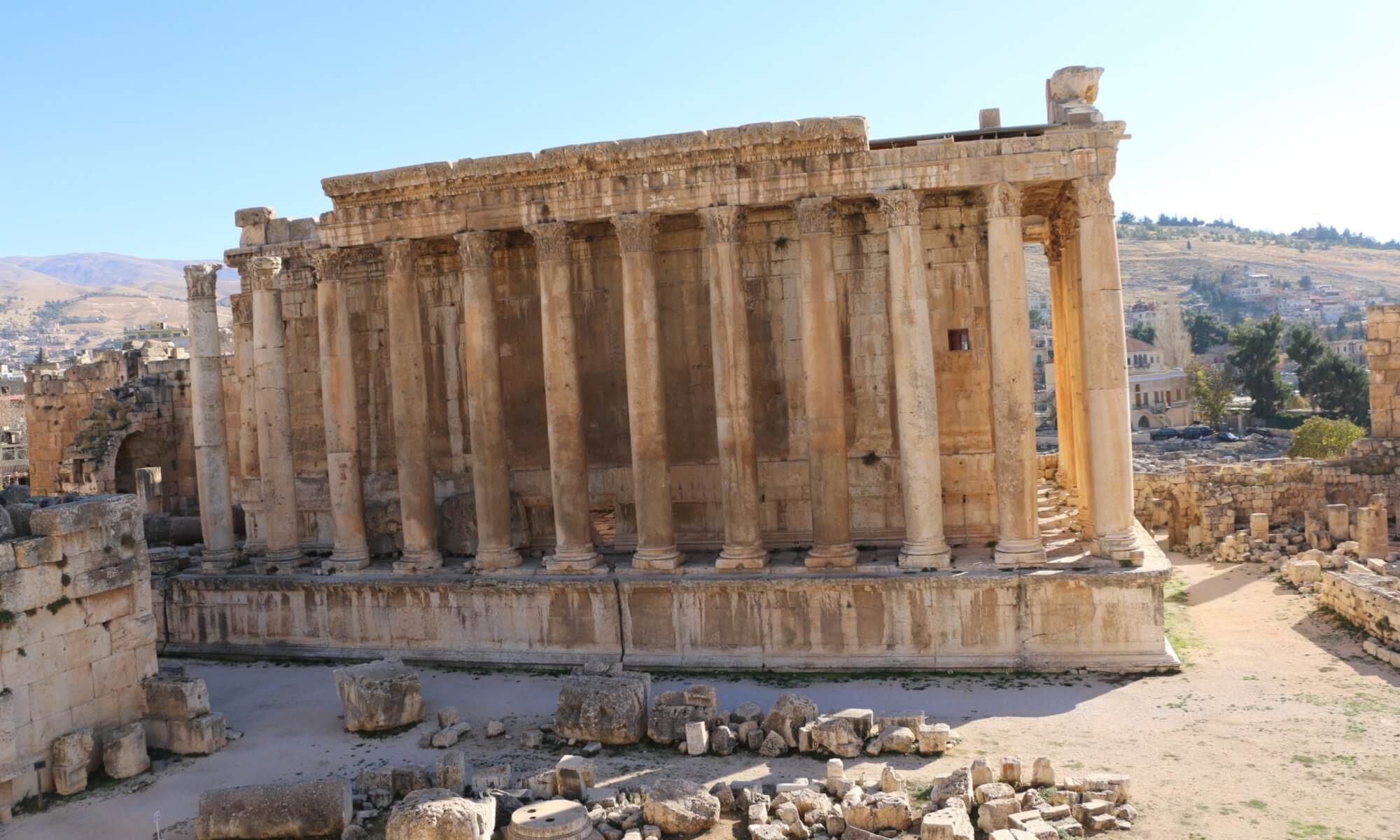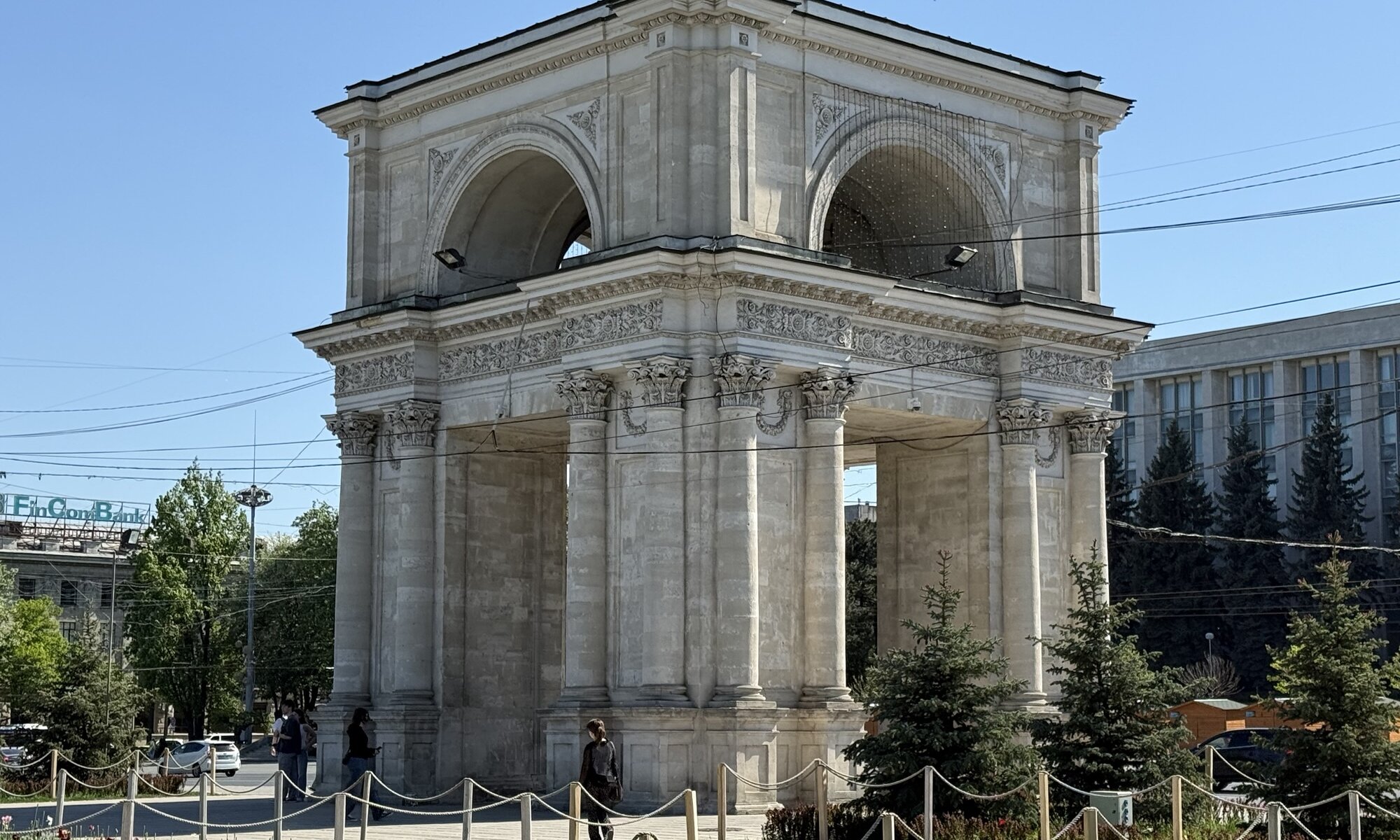The Arcul de Triumf din Chișinău, also known as the Triumphal Arch, was built in 1840 by architect Luka Zauschevici to commemorate the Russian Empire’s victory over the Ottoman Empire in the Russo-Turkish War of 1828-29. Located in the heart of the city, next to the Nativity Cathedral and aligned with the city’s main square, the arch has become an integral part of Chișinău’s central architectural ensemble. Originally, it also served as a bell tower, housing a massive 6.4-ton bell cast from captured Turkish cannons, symbolizing both military triumph and local craftsmanship.

Architecturally, the Triumphal Arch is a neoclassical monument with a square plan and two levels, standing 13 meters tall. Its four pillars are adorned with Corinthian-style capitals, and the upper tier features classical decorations and a mechanical clock, which has been a notable feature since the 19th century. The structure is built from polished white stone and decorated with ceramic ornaments, reflecting the neoclassical style popular in 19th-century Europe. Over the years, the arch has undergone several restorations, including the addition and later removal of Soviet-era commemorative plaques.
While the Arcul de Triumf is a significant and beloved symbol in Chișinău, it is not as grand or internationally recognized as the triumphal arches in București or Paris. The arches in those cities are much larger and serve as major national symbols, attracting more visitors and playing prominent roles in national celebrations. In contrast, Chișinău’s arch is more modest in scale and fame, but it remains an important historical and architectural landmark for Moldova’s capital.
Arcul de Triumf din Chișinău
Chișinău
Moldova
Loading map...


